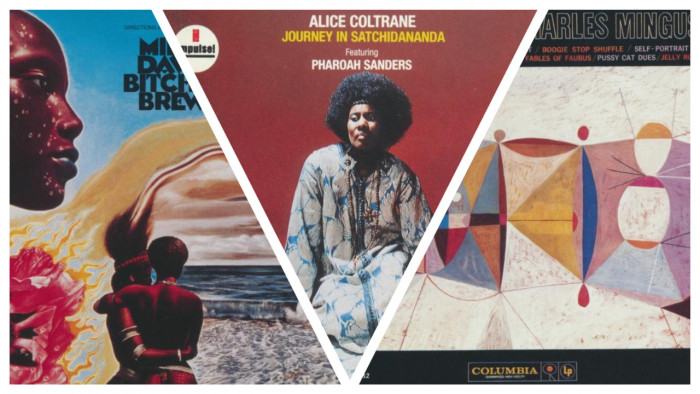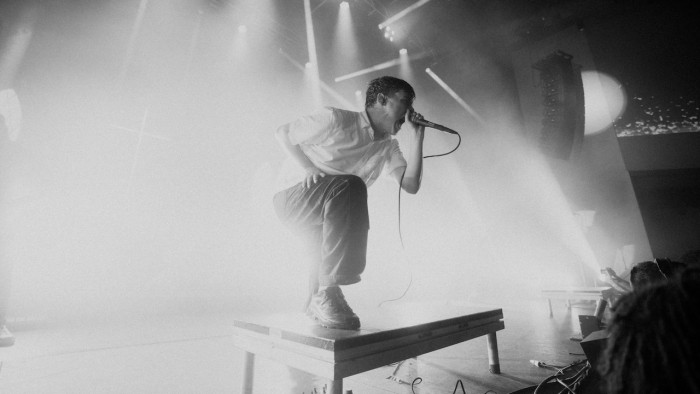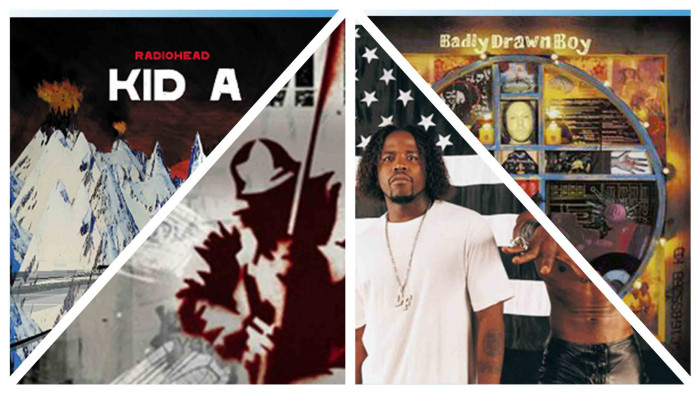How Primark, Justin Bieber and boring bands killed the subculture
You've got more chance of seeing a Charizard than a punk


Wherever you are, whether that be bus, train, office or on the street, just take a look at the people around you. Take a long, hard look at them. Notice anything? The chances are you don’t, because we live in an age where no one is anything anymore; where most people are blank canvases that have just been left blank. No mods. No rockers. Even the once common indie lad is on the decline.
Sure, some might “like” rock music, go out to a gig every Friday and own a pair of skinny jeans, but where are the people who truly dedicated their life to a cause dictated by a band or a music scene? The answer: nowhere to be found, because the movements that made the UK the most stylish country on earth don’t exist anymore. In 2016 you can be anything you want as fast as you want without even having to really pay to do it, which might sound like a great thing on face value, but on closer inspection just completely devalues everything that a subculture stands for.
But what exactly killed off the subculture? Is it salvageable? Are we really ending it all with chavs and emos? Here’s where it all went wrong…
Boring bands

Musicians used to be enigmatic, avant-garde, daring. Then it became all about “the music, man” with bands like Bombay Bicycle Club and Vampire Weekend dressing like Geography sub teachers because they didn’t think it was necessary. And now we have stadium fillers who still look like their mum’s dress them.
But it’s not just bland dressed bands that are ruining the subculture either, it’s mainstream pop stars who are hijacking the staples of past subcultures that are damaging the image. I feel bad for pointing the finger at one person (I definitely don’t), but it’s all Justin Bieber’s fault. From stealing the font and t-shirt styles of metal bands, claiming leather jackets and ripped jeans as his own, and boasting that he’s this generation’s Kurt Cobain, the Biebz has not helped the situation in the slightest.
Apart from your Alex Turners and ASAP Rockys, there’s not many modern musicians out there that are doing anything utterly extraordinary, and when the style icons are this minimal, brands jump on the look and replicate it to the masses on the cheap, leading to a load of plastic lookalikes. Which leads us on to…
Cheap clothes

Mods spent three month's wages on suits, punks stole leather jackets and hand painted them, teddyboys spent hours perfecting their coiffed pompadours. Fast forward to now and you can get an already ripped jacket for a tenner in Primark, everyone’s walking around in joggers even though they’re out in public and there’s short back and sides everywhere.
The harsh truth is that no one can be bothered working on anything anymore. Because “style” has become so cheap and accessible we’ve succumbed to throwaway values where most men’s common style purchase is a new printed t-shirt for going out on a Saturday night, which is often thrown away the next day just because a pint got spilled on it.
The devaluation of music

When your mum bought that James Bay CD from Tesco you knew that everything was f*cked.
But to be fair, it’s not just music that could’ve been cool being stocked in the aisles of supermarkets that’s the issue, we also live in Generation Playlist where we don’t fall in love with an artist, we just fall in love with a song. For example, at this year’s V Festival punters flocked from tent to tent to catch the one tune that’s on Capital FM 47 times a day, not to stay and enjoy the atmosphere and feeling of a full performance.
And have you been to a house party recently? People don’t even want to sit through an entire song anymore, because apparently 3 ½ minutes is just too long these days.
The lack of anything physical (and the lack of price) has stopped people truly caring about songs, or allowing the artist's words to become a mantra they live their life by. The whole ritual of going to a store, whether that be an independent record store to buy vinyl or Woolworth’s to buy a cassette tape, is gone. All we have now is a 20 second wait time, if that long, then the music is yours to digest; an audible version of fast food.
The rise of social media
We can know anything and look at anyone with a few swipes and clicks, which means the turnaround on trends is faster than ever, because we get bored faster than ever. One week the big look could be a reality TV star wearing distressed grunge denim, the next an X-Factor contestant in a heavy metal band t-shirt. So why would anyone stick with one subculture when you can appropriate multiple on a Kardashian type level?
The whole YouTube stars thing is a big ol’ load of bollocks too. Guys out there are getting millions of followers for literally sitting on their arses and videoing themselves playing FIFA. When did we start glorifying talentless teenagers? Somebody give these kids a guitar and some class A drugs, because they are boring the youth of our society to death with mind-numbing content.
The future is grim-e

So what hope do we have for the future? Well it comes in two forms: hipsters and grime. The first lot is hopeless, because they care more about avocados than music, and when they do listen to something they usually do it ironically.
But grime could be the strongest and most stylish subculture we’ve had in decades. Its anti-authority lyrics have all the attitude of punk, the sportswear nods to the days of Britpop, and it hasn’t been manufactured by some corporate label, it can be traced back to a specific postcode in East London.
The problem now obviously is nurturing it in the right way. With Skepta winning the Mercury Music Prize, his album will skyrocket, and like indie, record label execs could jump on the back of it and bleed the scene dry. But with lines like “Say you don’t eat pork, don’t eat pussy. Liar, you’re just a actor,” they’re going to find it hard to flog that to school run mums.








